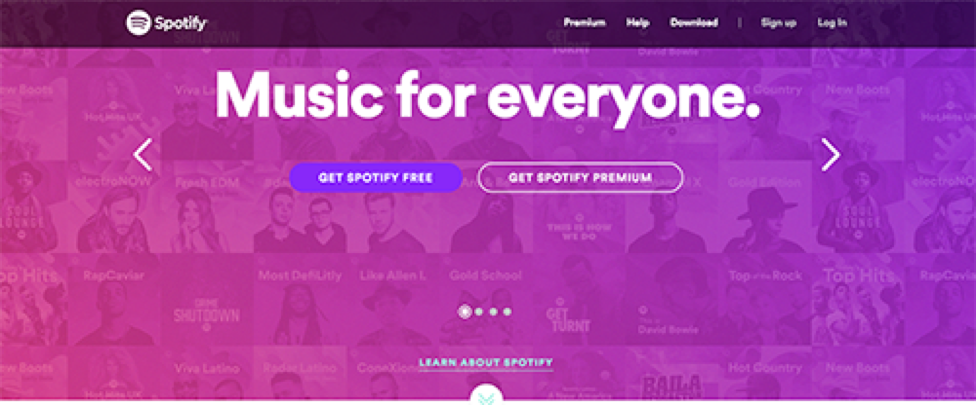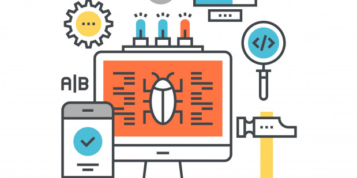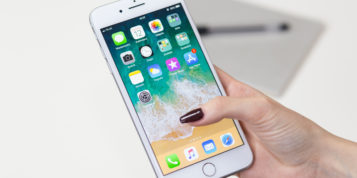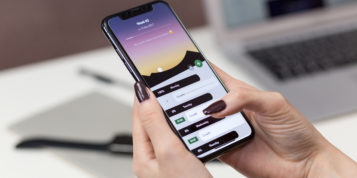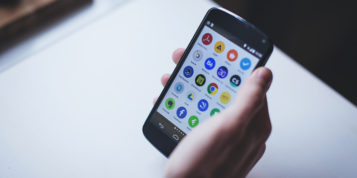Apps today offer an almost unprecedented amount of convenience and functionality for mobile users.
Through the same location-tracking functionality, apps provide advertisers essential information about user behavior that allows them to create personalized and engaging app experiences.
The data provided by location tracking allow marketers to identify which users fall within their target audience, customize content for the user, and create relevant calls-to-action.
Identifying Buyer Personas
An app’s location tracking functionality does more than tell the user when he or she is near a point of relevance – for example, at or near a Starbucks. App data provides invaluable information about user behavior– where they go, what they do, and what they like.
Though most users have enough tech savvy to disable location tracking on their device, some apps require users to enable location-tracking to activate and benefit from certain functions and offerings.
The location data that apps collect is analytical gold for smart marketers.
Advertisers can use it to build buyer personas that lump customers into target groups according to:
- Demographics (i.e., age, socioeconomic status)
- Hobbies and interests
- Frequently visited locations
A well-crafted buyer persona allows advertisers to identify the optimal time and place to advertise through apps – putting you in the best position to convert.
Creating Custom Content
The more you understand about user behavior and purchasing habits, the more effectively you can use app data to customize content to directly address users wants and needs.
Advertisers should attempt to create custom content that provides a “VIP” type of experience according to their users’ preferences.
Personalized messaging is highly effective, as potential buyers are more comfortable with brands that connect with them on a deeper level.
Top mobile app development companies help create unique user experiences that deepen advertisers’ connections with buyers.
Provide recommendations, suggestions, discounts, or products/services based upon the information you glean from buyer profiles.
From a location-based ad to a time-of-day notification, the content should directly address user interests, personalization that helps establish a positive impression of your brand.
Formatting Relevant Calls-to-Action
The goal of any marketing strategy is to provide a call-to-action (CTA) that moves users toward further engaging with and purchasing from your company.
The Spotify app, for example, is famous for prompting frequent users of the platforms free service to try its premium service by offering a free trial – a call-to-action it employs both audibly and visually.
Another way marketers can create relevant calls-to-action is through leveraging an app’s geolocation. Knowing when users are near your physical location allows you to send immediate, real-time information that can prompt a sale.
Starbucks, for example, sends notifications to users when they are near a Starbucks location, often in the form of push notifications (if they are enabled). These notifications prompt users to consider purchasing, and are often included with a coupon or discount to further incentivize conversion.
Use location-based CTAs to interact with your consumers and motivate them to purchase your product.
Making the Most of a Location Tracking App
Location-based functionalities of mobile apps provide convenience for users. Many look forward to getting prompted when they are near a business that can fulfill some type of desire.
Marketers can use location data to understand user behavior. This data can be analyzed and utilized to create custom content and timely, relevant calls-to-action.
As a result, you can develop deeper connections with users, which increases familiarity with your brand and helps drive conversions.
